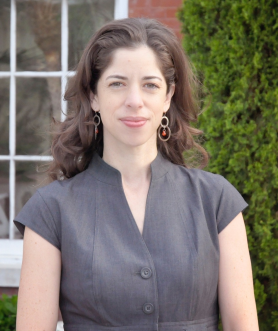
STORIES AND NEWS
Stay up to date with the latest updates from the Community Builders Network. Explore the latest initiatives, events, and achievements shaping our neighborhoods.

Stay up to date with the latest updates from the Community Builders Network. Explore the latest initiatives, events, and achievements shaping our neighborhoods.









